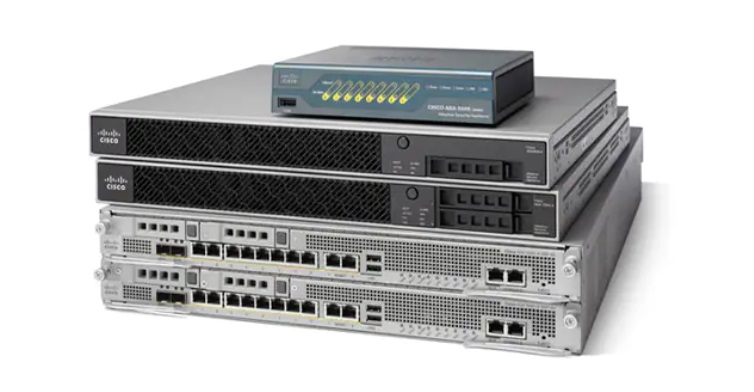The Cisco ASA firewall offers excellent protection for Denial of Service attacks, such as SYN floods, TCP excessive connection attacks etc.

Using the new Policy Framework functionality, the ASA administrator can configure granular controls for TCP Connection limits and timeouts.
For example, we can control and limit the maximum number of simultaneous TCP and UDP connections that are allowed towards a specific host (or subnet), the maximum number of simultaneous embryonic connections allowed (for SYN flood attacks), the per-client max number of connections allowed etc.
Configuration Example 1
STEP1: Identify the traffic to apply connection limits using a class map
ASA(config)# access list CONNS-ACL extended permit ip any 10.1.1.1 255.255.255.255
ASA(config)# class-map CONNS-MAP
ASA(config-cmap)# match access-list CONNS-ACL
STEP2: Add a policy map to set the actions to take on the class map traffic
ASA(config)# policy-map CONNS-POLICY
ASA(config-pmap)# class CONNS-MAP
! The following sets connection number limits
ASA(config-pmap-c)# set connection {[conn-max n] [embryonic-conn-max n]
[per-client-embryonic-max n] [per-client-max n] [random-sequence-number {enable | disable}]}
where the conn-max n argument sets the maximum number of simultaneous TCP and/or UDP connections that are allowed, between 0 and 65535.
The embryonic-conn-max n argument sets the maximum number of simultaneous embryonic connections allowed, between 0 and 65535.
The per-client-embryonic-max n argument sets the maximum number of simultaneous embryonic connections allowed per client, between 0 and 65535.
The per-client-max n argument sets the maximum number of simultaneous connections allowed per client, between 0 and 65535.
! The following sets connection timeouts
ASA(config-pmap-c)# set connection timeout {[embryonic hh:mm:ss] {tcp hh:mm:ss
[reset]] [half-closed hh:mm:ss] [dcd hh:mm:ss [max_retries]]}
STEP3: Apply the Policy on one or more interfaces or Globally
ASA(config)# service-policy CONNS-POLICY {global | interface interface_name}
Configuration Example 2
There are several Global Connection Timeout values that you can modify if you want using the “timeout” command. Some important examples include:
timeout conn hh:mm:ss (idle time after which a connection closes)
timeout half-closed hh:mm:ss (idle time until a TCP half-closed connection closes)
timeout udp hh:mm:ss (idle time until a UDP connection closes)
timeout xlate hh:mm:ss (idle time until a translation slot is freed)
timeout pat-xlate hh:mm:ss (idle time until a PAT translation slot is freed)
What are embryonic connections
Embryonic Connections are those that have not finished the full 3-way TCP handshake and are used mainly as SYN flooding attacks towards servers etc.
For example, an attacker can send thousands of SYN packets towards a server without completing the TCP handshake.
This means that the server consumes memory and resources waiting for the connection to complete and therefore it can suffer a Denial of Service or reduced performance.
The ASA Firewall can limit the duration of such embryonic connections in order to protect the server.
What is the meaning of concurrent sessions in a firewall?
This is a performance metric usually shown in Firewall specifications. The meaning of this number is the aggregate number of simultaneous connections passing through the firewall device at the same time.
A session is a TCP/UDP connection between hosts that passes through the firewall box. Usually next-gen firewalls have very high concurrent session limits.
However, when there is a DDoS attack passing through the firewall (e.g bots attacking a Web server protected by the firewall) this concurrent session limit can be reached and the firewall performance can be degraded severely.
The connection timeout settings shown above can help to mitigate such attacks. By setting lower timeout values, you can free-up memory resources on the firewall when such an attack takes place.
Moreover, a DDoS protection device in front of the firewall can also help a lot in protecting the firewall and other servers from reaching their concurrent session limits.
Related Posts
- Prevent Spoofing Attacks on Cisco ASA using RPF
- Configuring AAA Authentication-Authorization-Accounting on Cisco ASA Firewall (TACACS+, RADIUS)
- Cisco ASA Firewall Management Interface Configuration (with Example)
- How to Configure Access Control Lists on a Cisco ASA 5500/5500-X Firewall (with Examples)
- Cisco ASA Firewall Packet Tracer for Network Troubleshooting